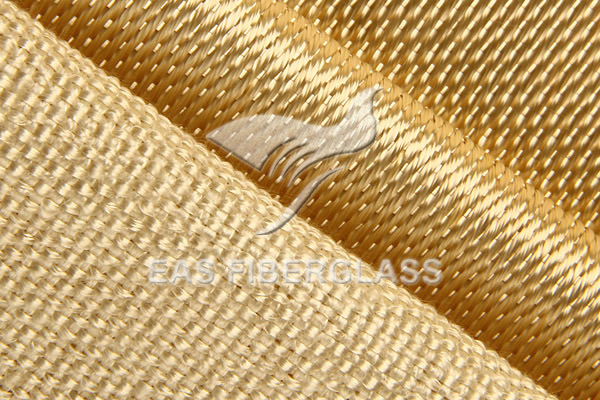The microstructure of refractory fiber objects is mostly composed of atoms forming crystals in an orderly arrangement, or disorderly arranged to form a glass body. An atom is composed of a positively charged nucleus and negatively charged electrons. In an atom, the outer electron is less attracted by the nucleus, and the electrons are easily lost. Under certain external conditions, electron transfer can occur between objects. Objects that accept electrons show negative electricity due to excess electrons, and objects that lose electrons show positive electricity. In fact, under the influence of such external factors, the process of causing objects to generate electric charges is the so-called electrification phenomenon. If the charge generated is fixed on the object and does not flow, it is called static charge or static electricity.
Refractory fibers collide and rub against each other, and can generate static electricity even when the fibers are stretched and compressed. Most of the static electricity generated by the fiber is caused by friction, but it is essentially due to the contact of two objects. The friction only increases the contact area and reduces the contact gap. In fiber production and processing, due to the movement and friction between the contact surfaces, the process of contact and separation occurs, and the electric charge moves near the surface layer, thus generating static electricity. Experiments have proved that when the contact distance between the surfaces of two objects is less than 2.5 x 10-~'cm, they have the possibility of triboelectricity.
Except for hydrogen, most gases include air, which is a substance with low thermal conductivity and low heat capacity in a static state. The thermal conductivity of refractory fiber is basically close to that of gas. This is because the refractory fiber is interwoven with solid fibers, the voids are filled with gas, and the porosity reaches 90%. The filling of a large amount of air makes the refractory fiber have high temperature heat insulation performance.
The heat in refractory fiber products will be transferred through conduction, radiation and convection. Since the composition of the fiber material has at least two phases, that is, the solid phase and the gas phase, the heat transfer is carried out at the interface of these phases.
The interweaving of refractory fibers basically has no directionality, and the solid heat conduction can only proceed along the fiber rod from high temperature to low temperature, so the solid phase heat conduction is not completely perpendicular to the hot surface. Some heat transfer paths are tortuous, which also reduces the strength of fiber solid phase heat conduction. In addition, most of the solid phases are in point contact, so the process of solid phase heat transfer is also a process of increasing thermal resistance. For the gas phase, due to the high porosity, the gas convectively transfers little heat in the pores. The hot air flow entering the fiber is divided and obstructed by multiple pores, and it is almost in a stationary state. The internal pressure of the dispersed multiple pores is constant, and the air pressure also forms a dense solid shield with the solid phase fiber, which hinders the passage of hot air flow. Such pores are also called pore bins, which can only accept the impact heat conduction of molecules in the gas and the radiant heat of the hot gas.
In the multiphase porous refractory fiber, in addition to the solid phase heat conduction, there is also a heat conduction process in the pore chamber. This heat conduction in the gas phase is carried out through the collision process of gas molecules.
 EAS Fiberglass Co.,Ltd is a professional fiberglass products supplier and provide comprehensive and effective material industrial solution covering market high performance FRP, high effective temperature insulation, high convenient construction. Nowadays, EAS owns various products lines of fiberglass yarn forming, woven fabrics, fabrics coating/lamination, FRP etc. The complete products lines enable EAS highly mastering the quality control and products market competitive. Taking this advantage involve us in large many projects and enhence the brand promotion. Certified ISO9001-2008 equips EAS stuff and management more professional operation. Certification of test report for producs are made by third party laboratory SGS, TUV, DNV, etc.
EAS Fiberglass Co.,Ltd is a professional fiberglass products supplier and provide comprehensive and effective material industrial solution covering market high performance FRP, high effective temperature insulation, high convenient construction. Nowadays, EAS owns various products lines of fiberglass yarn forming, woven fabrics, fabrics coating/lamination, FRP etc. The complete products lines enable EAS highly mastering the quality control and products market competitive. Taking this advantage involve us in large many projects and enhence the brand promotion. Certified ISO9001-2008 equips EAS stuff and management more professional operation. Certification of test report for producs are made by third party laboratory SGS, TUV, DNV, etc.
